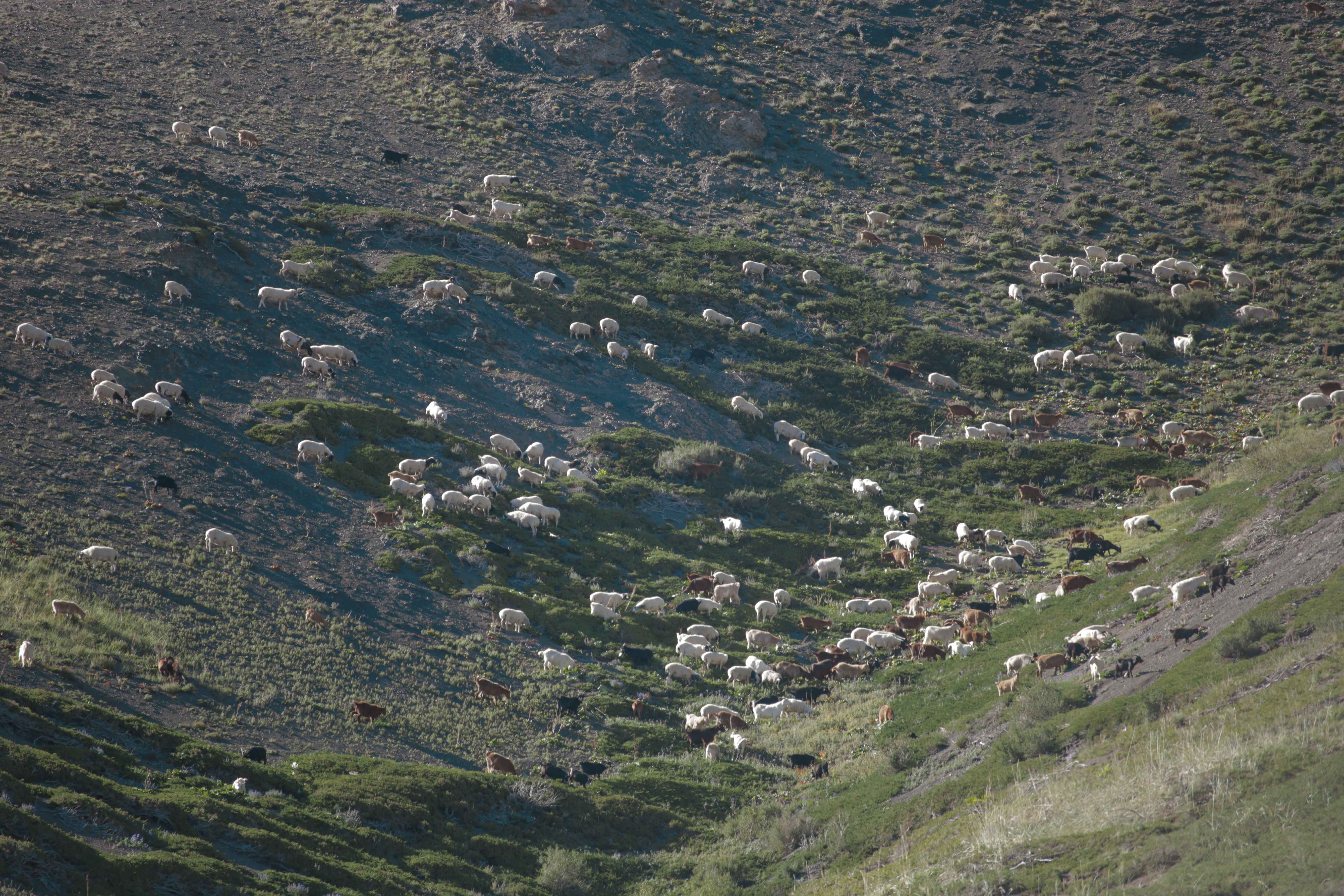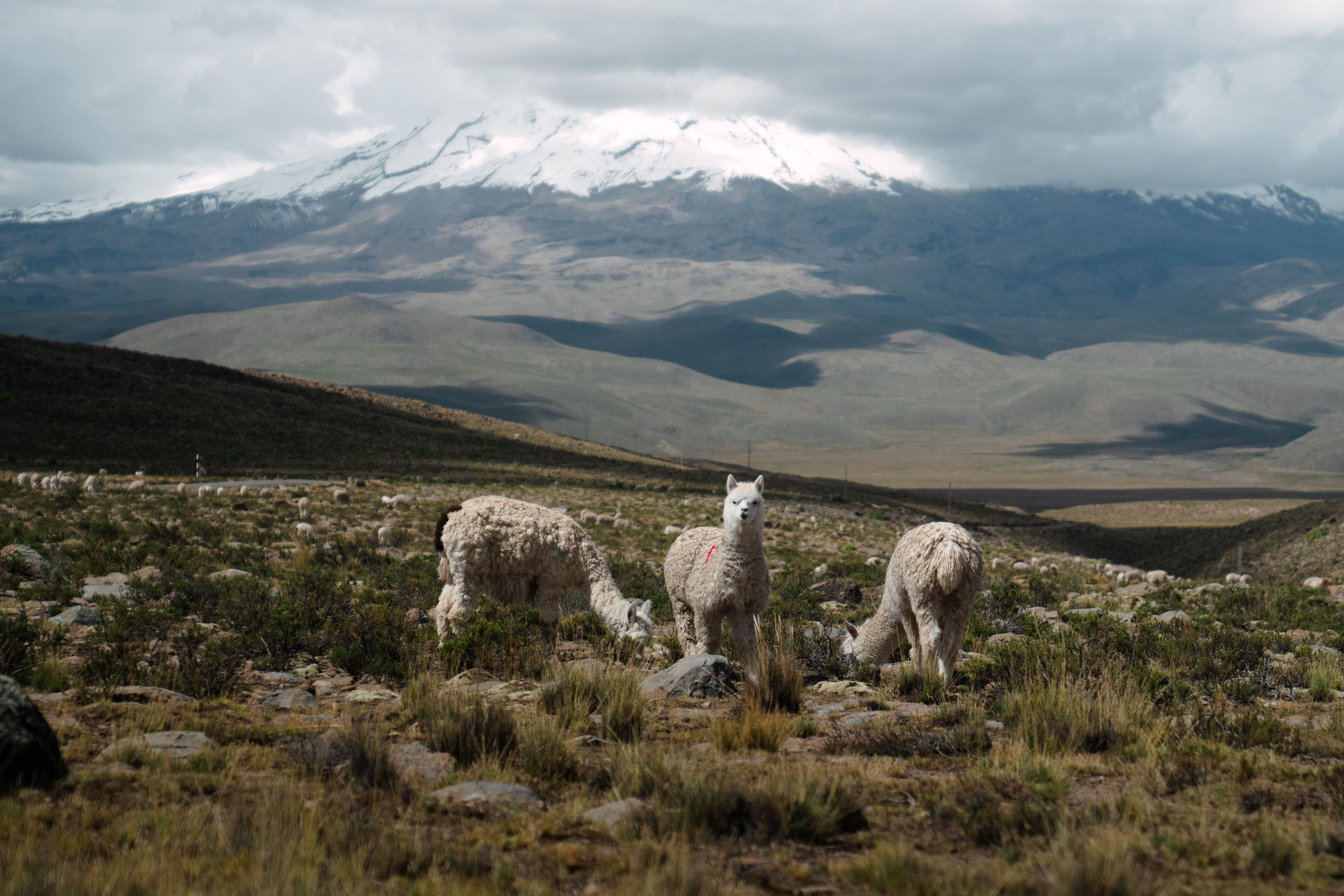
The Emptiest Places on Earth Have the Richest Stories to Tell
What comes to mind when you think of the Sahara Desert? Or India’s Thar? In all likelihood, the visuals have something to do with emptiness, or with the idea that perhaps not much is going on there. You imagine it to be beautiful, yes, but not exactly alive. It seems natural to assume that where water and food are scarce, life itself would be scarce too. And yet, as Dr. Ian Malcolm from Jurassic Park put it: life finds a way.

As a travel writer and journalist, I’ve spent considerable time living in the high-altitude cold deserts of the Himalayas. These are remote destinations often cut off from the world, seemingly barren, with little vegetation. And still, surprises would appear out of nowhere. A red fox crossing our path. A snow leopard spotted deep in the gorges. In stretches where life seemed impossible, sudden bursts of yellow seabuckthorn berries appeared, screaming to be plucked and eaten.
The world’s “emptiest” places are, in fact, full; just often unseen. Many of Nomadic Road’s expeditions lead travellers into these remote, desolate lands where life thrives in surprising abundance. From the Kalahari to the Mongolian steppe to Bolivia’s salt flats, these so-called voids are anything but.
Seeing Beyond the Surface
Why do we mistake emptiness for nothingness? Perhaps because we’ve been conditioned to read only density as richness. Cities thrum with people, forests hum with life, markets overflow with sound and colour. By comparison, a desert, a salt flat, or a steppe appears vacant.
That impression is reinforced by the images we’re fed. Google “Kalahari Desert,” and the first results show nothing but endless dunes glowing gold under the sun. Only by scrolling further down – or better yet, by being there – do you begin to see the fuller picture.
What looks like monotony on the surface actually hides astonishing complexity. Deserts house some of the planet’s most mind-boggling ecosystems. There’s plenty worth marvelling at out here. In fact, these sandy lands are among the top three richest biomes for land-dwelling animals, housing nearly 7,000 species. Still, deserts remain relatively poorly researched. Between 2000 and 2011, only 9% of ecological science publications focused on deserts, compared to 67% on forests. This is telling in itself about how misunderstood their richness is.

Life Finds a Way
Spend time in the Kalahari, and the desert slowly reveals itself: black-maned lions moving through the sands, desert-adapted elephants navigating scrub, meerkats on sentry duty, tiny patterned tortoises, and over 200 bird species, many found nowhere else on Earth. What’s more, scientists continue to discover surprises: new “underground tree” species have recently been identified in the Kalahari sands – plants that keep most of their growth hidden below the surface.
Rob, who leads expeditions for Nomadic Road in the region, describes how fullness in the Kalahari is pretty multi-dimensional: “There’s always a chance of spotting wildlife, but it is also stimulating in so many other ways. Usually, we hardly come across one or two other vehicles during the expedition, and travellers crave this solitude. The crew becomes like a family living in its little bubble for eight days. Night skies in empty spaces like these are usually a lot brighter and clearer, too. It’s a treat, especially for those coming from big cities.”
%20(1)%20(1).jpg)
Human life thrives in even the least populated regions. The San people, often called the Bushmen, have lived in the Kalahari for over 20,000 years. Passing through San villages on Nomadic Road’s Central Kalahari expedition, what stays with you isn’t some cinematic idea of “survival,” but the quiet confidence of people who know the land like an extension of their own body. They read signs in the sand you wouldn’t even notice, identify plants that heal or hold hidden water, and speak one of the world’s oldest living languages, rich with clicks and tones.
Beyond the desert, other “empty” lands reveal the same paradox. Mongolia, often called one of the world’s emptiest places with just over three million people, is anything but lifeless. Its vast steppes are home to more horses than humans, while snow leopards roam the mountains, rarely glimpsed but very much present. Nomadic herders continue centuries-old traditions, moving with the weather and living in yurts – proof that human life, too, adapts gracefully to solitude.
Bolivia’s landscapes offer a similar paradox. From a distance, Salar de Uyuni and Laguna Colorada appear as blank expanses, frozen and lifeless. Yet, during the rains, the flats transform into the world’s largest natural mirror, reflecting the sky in dazzling clarity. Laguna Colorada, meanwhile, glows crimson, fueled by plankton that sustain hundreds of flamingos, filling the lake and sky with motion and colour.
What We See When Nothing Distracts
For travellers, this balance between emptiness and revelation is part of the experience. You can drive for hours through silence and open space, only for the vast expanse to suddenly show its hand.
Philosophically, there’s a reason humans are drawn to seemingly empty remote destinations. In crowded environments, so much happens at once that it’s hard to notice anything at all. In emptier landscapes, the scale and solitude make us feel small, yet attentive; the emptiness transforms into a sense of fullness and quiet contentment. I guess emptiness doesn’t erase richness after all. It just makes it easier to see.
In Peru’s people-scarce highlands, white-coated llamas stand out immediately, tossing curious looks your way. In Bolivia, gigantic cacti rise against clear night skies, impossible to miss. And in places like these, the sky itself feels overwhelmingly full.

I’m thinking back to my first time in Spiti Valley – a high-altitude cold desert, surely among the most uninhabited places on Earth. One night, we ventured out to a wide open playground of sorts, surrounded by a 360-degree view of snow-capped peaks. Amidst nothingness, we watched nature unfurl its most majestic show – a starry sky with shooting stars racing past, green- and red-coloured meteors, and celestial bodies my city soul had no idea even existed. The absence of everything else revealed a night sky so dense it left me overwhelmed.
Why Remote Places are Worth Visiting
There’s nothing quite like “empty” really.
Interestingly, this lesson isn’t limited to Earth. Scientists studying cosmic voids – vast stretches of space between galaxies – once assumed these regions were completely empty. Recent research, however, shows that faint magnetic fields permeate them.
Deserts, steppes, and salt flats mirror this cosmic lesson. Even the most seemingly barren landscapes are teeming with entire ecosystems.
Nomadic Road designs its expeditions around these very qualities – vastness, solitude, and hidden richness. As Frank, one of Nomadic Road’s expedition leaders, explains: “We actively seek out regions that are not just off the beaten path, but often untouched. These are places only a handful of explorers might have been to. When we say it’s remote and unexplored, it’s not marketing. It’s real.”

Just as astronomers have learned that emptiness can be full of unseen connections, travellers who get out there will often discover that these landscapes – seemingly silent and vacant – are rich with life waiting to be noticed.
Life does always find a way.
RELATED STORIES
%20(1).jpg)
A Rain-Soaked Desert? It’s All Possible on the Kalahari Expedition

We Went Looking for Adventure, but Mongolia Gave Us Much More


